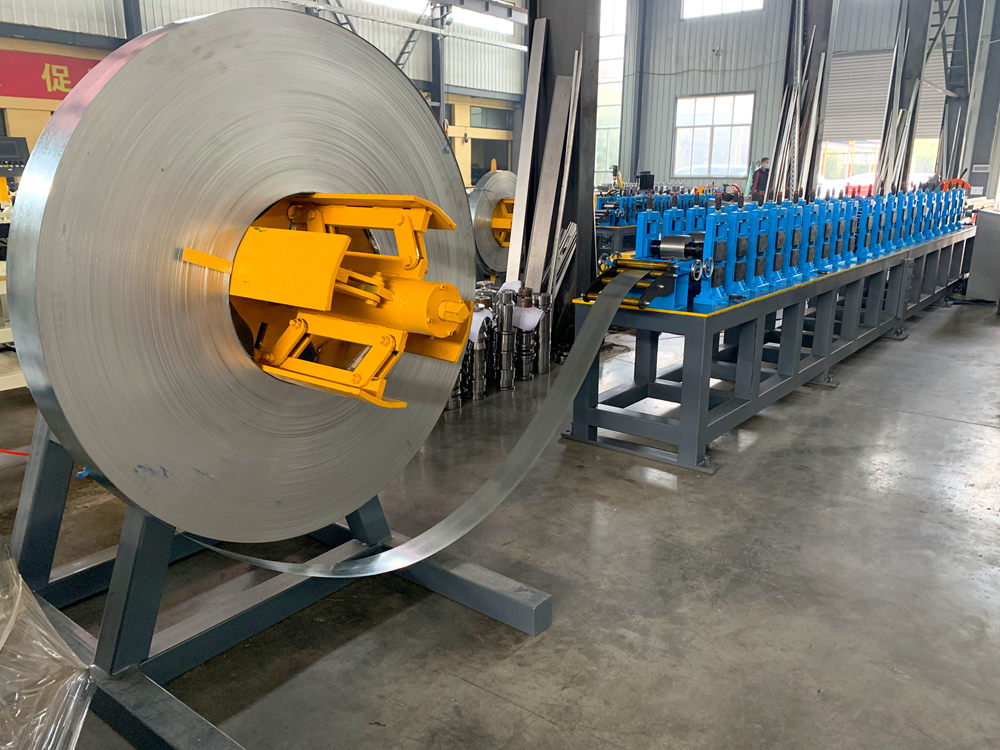
Understanding Roof Sheet Rolling Machines A Comprehensive Overview
Roof sheet rolling machines play a crucial role in the modern construction industry, particularly in the production of high-quality metal roofing sheets. These machines are engineered to transform metal coils into various roof sheet profiles, which can be used in both residential and commercial projects. The significance of these machines lies not only in their efficiency and precision but also in their ability to contribute to the overall durability and aesthetics of a building.
At their core, roof sheet rolling machines are designed to produce roofing sheets by passing metal coils through a series of rollers. Each roller is meticulously shaped to create a specific profile. This process allows manufacturers to produce sheets with varying thicknesses, lengths, and styles to meet diverse architectural needs. The most common materials used in roofing sheets include steel, aluminum, and zinc, each offering unique benefits regarding strength, weight, and corrosion resistance.
One of the primary benefits of using a roof sheet rolling machine is the speed and efficiency it brings to production. Traditional methods of roofing sheet fabrication can be time-consuming and labor-intensive. In contrast, these machines can quickly produce large quantities of sheets with consistent quality, reducing labor costs and improving turnaround times. This efficiency is particularly important in large-scale construction projects where time delays can lead to significant financial losses.

Moreover, roof sheet rolling machines are equipped with advanced technology that enhances their functionality. Many modern machines incorporate computer numerical control (CNC) systems, allowing for precise adjustments and automation of the rolling process. Operators can program specific dimensions and profiles, ensuring that each batch of roofing sheets meets exact specifications. This level of accuracy is critical in construction, where even minor deviations can compromise a building’s structural integrity.
Additionally, roof sheet rolling machines contribute to sustainability in the construction industry. By utilizing coil stock efficiently, they help minimize waste, as excess material can often be recycled in the production process. Furthermore, metal roofing sheets are typically more energy-efficient compared to traditional materials. They reflect solar heat, reducing cooling costs in warmer climates, and many are produced from recycled materials, aligning with eco-friendly building practices.
Maintenance and operation of roof sheet rolling machines also require careful consideration. Regular upkeep is essential to ensure the longevity of the machinery and the quality of the products produced. Operators should be trained in both the technical aspects of machine operation and safety protocols, as handling heavy metal sheets and machinery poses inherent risks.
In conclusion, roof sheet rolling machines are indispensable tools in the construction industry. They streamline the production of roofing materials, improve efficiency, and enhance the overall quality of building projects. As technology continues to advance, these machines will likely evolve, incorporating smarter features and further contributing to sustainable construction practices. Understanding the capabilities and benefits of roof sheet rolling machines is essential for anyone involved in the manufacturing or construction of roofing systems, as they fundamentally alter how we approach modern architecture and design.